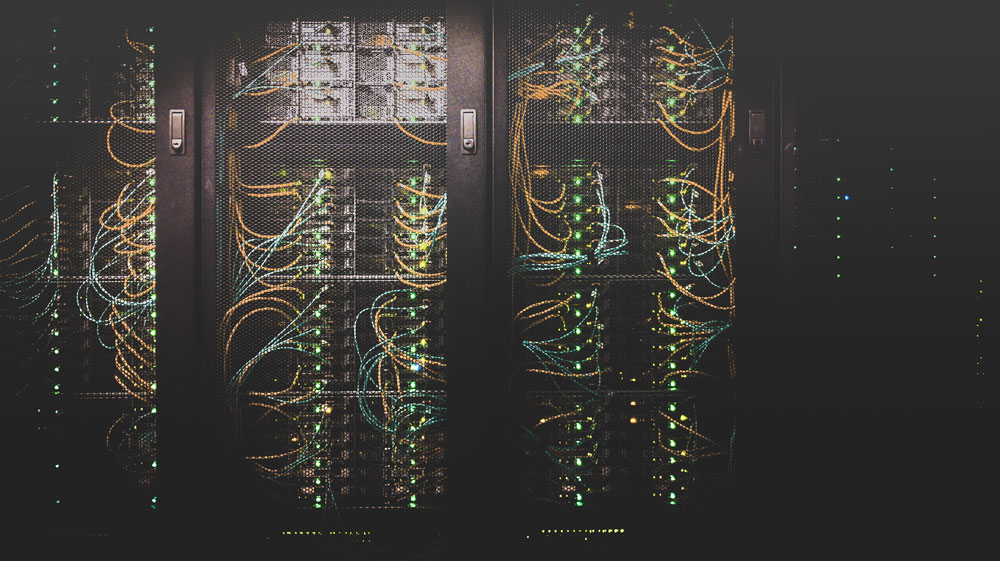Cloud technology has revolutionized business practices with a flexible and scalable service that adapts to your business needs. This is because cloud computing is a vast concept that interlinks many technologies. In its simplest form, it allows large computers in data centers to store data and run applications which are then accessed locally on desktops.
Previously, computers had to have extensive hardware capabilities to allow them to run sophisticated software. However, with cloud systems, all that processing power is aggregated and stored centrally. There are several benefits of cloud-based computing for businesses. Take a look at some of the main features of this innovative application.
Work from anywhere
As teams grow and businesses expand into global markets, The Cloud is enabling a streamlined approach to communication and productivity. Organizations can collaborate on projects and gain access to information at the touch of a button. Cloud computing also connects people more efficiently than ever before with features such as video conferencing and document sharing, such as Google Drive in real-time. The Cloud can also be accessed in an offline mode, which is ideal for remote staff that may drop in and out of internet connectivity.
Scalable data storage
Historically, data storage was limited to how much space you had on on-site servers. However, the introduction of cloud storage has seen data storage become entirely scalable with ‘pay as you use’ being a core of the commercial landscape. In turn, this also helps you to save money in the long term. Not only has the pay-as-you-use option helped businesses to scale up and down, but for suppliers, it makes it much easier to forecast demand. This means less unused capacity and therefore lower costs.
More efficient use of processing power
Processing power has historically been dropping in price. As Moore’s Law suggests, the processing power available for the same price has dropped by~50% a year, every year. Alongside this reduction in cost, the usage of processing has become more efficient when shared between large groups. If you think of everyone having their own PC, people use most processing power when they boot up, very little when they are typing an email, and a lot when they are playing the latest video games. By aggregating this over thousands of devices, you can have much less powerful machines as everyone has different usage patterns. This is at the core of why cloud computing has changed the tech landscape.
Reliable backups
With cloud technology, data can be automatically synced so that you have a backup available at all times in the event of data loss. If your hardware is damaged or stolen, backups can be transferred easily to new equipment. A great consumer example of this is when data is restored to an iPhone after being saved in iCloud storage.
In cloud environments, the data is mirrored in multiple locations with multiple access routes. This means that any single event is much less likely to destroy the data.
Enhanced security
The Cloud is typically much more secure than traditional computing. As the data is all held centrally, the investment in security such as firewalls and detection equipment is much greater. Cloud companies live and die by their ability to ensure uptime and security, so this is typically a huge investment for them. Many of the issues with end-user security remain, but with the ability to remotely kill devices or lock them down, the users are also more secure as well.
Top things to consider before moving your data to The Cloud
Many companies are moving their data and applications to the cloud, but before you start the migration process, there are a few things to consider before the switch…
Security and location
Data security is an essential element when choosing a service provider. As you are handing over the inner workings and information of your company, you have to be sure they provide a legitimate service that has built-in security processes to protect your data. Knowing the location where your data will be stored is another vital metric.
Service guarantees
Service-level agreements are a contract between you and a service provider. This agreement determines the level of service you will receive and includes elements such as:
- Reliability – the percentage of uptime and downtime
- Responsiveness – responses to requests
- Not meeting service obligations -consequences and compensation of not meeting agreement
This will enable you to compare suppliers and determine overall reliability. This tends to be most important when reviewing smaller cloud companies that may lack the infrastructure or your most valuable critical infrastructure. There is often a cost implication when higher availability services are required, so more companies are looking at hybrid arrangements that allow lower value applications and data to be stored in lower-cost environments.
Contingency plans
In the event your company experiences downtime or in more extreme cases, data loss, what contingencies do you have in place? Alongside cloud backups, you should also be able to rely on your service-level agreement as part of the reliability and resilience element of your contract.
The core advantage of the cloud is that the points of failure are reduced. However, the key ingredient is always the human element. Will teams be prevented from reaching their normal place of work? Can the teams work from other locations, such as home or a disaster recovery site? How will ‘normal communication be impacted by the change in locations?
Long-term scalability
As your business grows, so will your cloud computing requirements. This option is an ideal transition from your current licensing, which will become outdated and unsuitable for your data needs. By upgrading to The Cloud, you can also take advantage of an infinitely scalable solution that provides improved economies of scale for your business.

